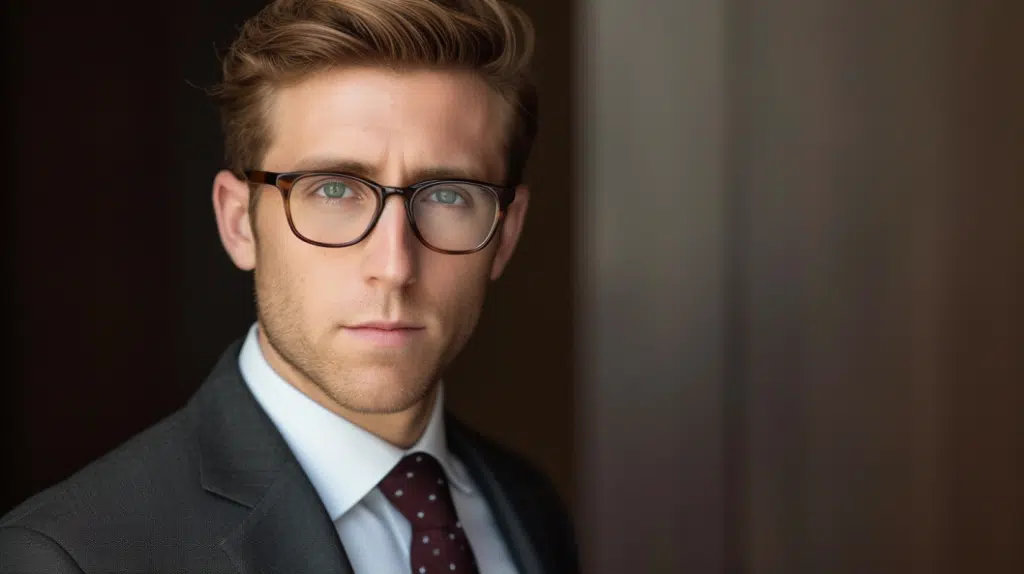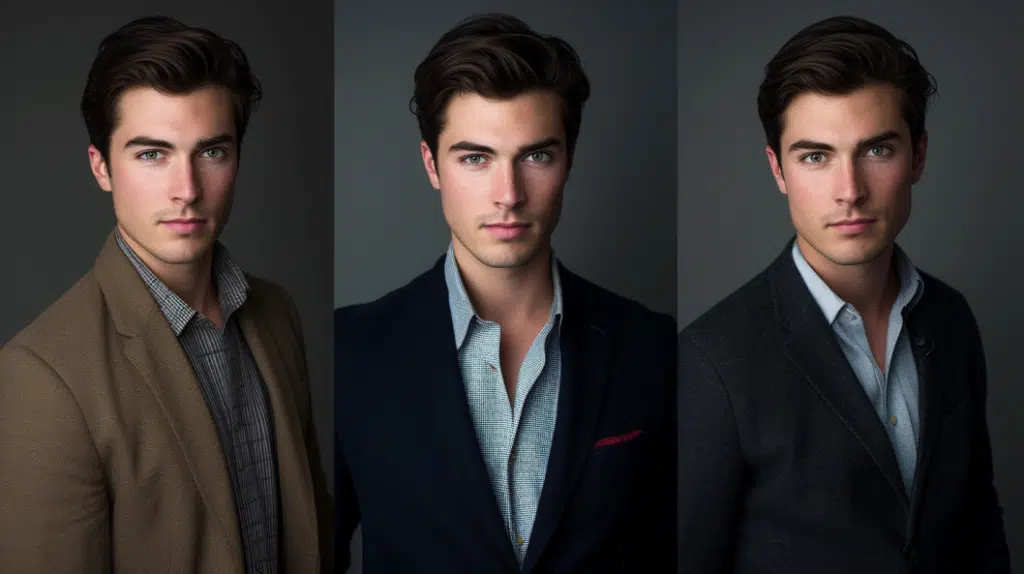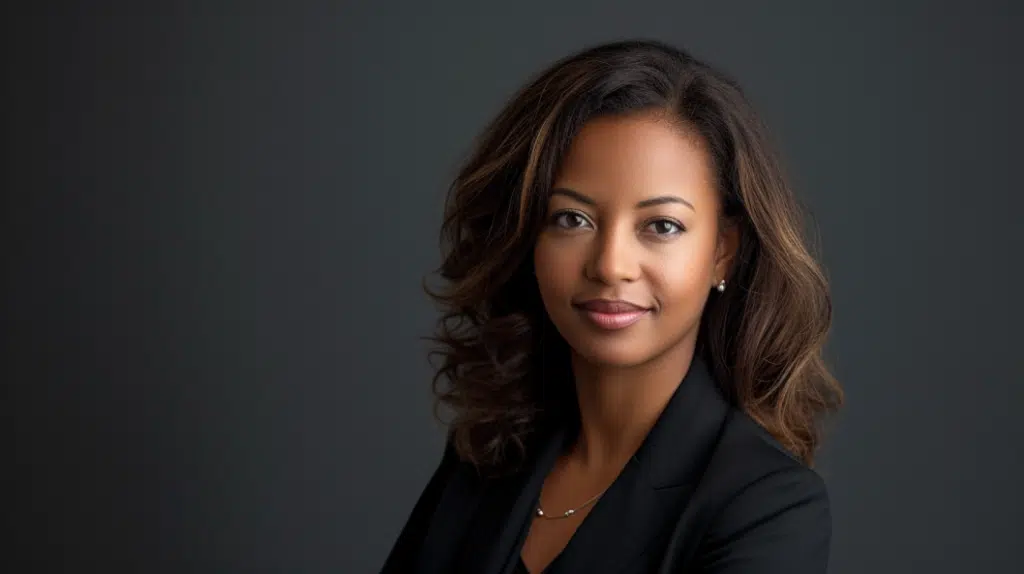10 Tips for Designing a Corporate Headshot Style Guide
A well-crafted corporate headshot style guide outlines specific guidelines on attire, colors, backgrounds, poses, and even expressions, tailored to reflect the company’s ethos and industry standards. It ensures that regardless of when or where an employee’s headshot is taken, the resulting images are cohesive, reflecting the collective identity of the company rather than just the individual personalities.
This consistency is crucial for several reasons. Firstly, it enhances brand recognition; when clients or partners see headshots from your organization, they immediately associate them with your brand. Secondly, it ensures professionalism; a uniform style guide helps maintain a standard of professionalism that aligns with your company’s values. Lastly, it saves time and resources; with a clear set of guidelines, employees and photographers know exactly what’s expected, reducing the need for costly and time-consuming retakes.
Understanding Corporate Headshots
Corporate headshots are a fundamental aspect of a company’s visual identity, playing a crucial role in how the organization is perceived both internally and externally. Unlike casual or personal photographs, corporate headshots need to convey professionalism, competence, and the ethos of the company, serving as a vital touchpoint in the brand’s overall narrative.
The Role of Corporate Headshots in Branding
Corporate headshots are more than just professional photographs; they are a branding tool. They communicate the company’s values, professionalism, and the quality of people it employs. In many ways, they’re the human face of the brand. In a world where business is increasingly conducted digitally, a well-executed corporate headshot can bridge the gap between the corporate entity and its audience, fostering a sense of familiarity and trust.
Key Components of a Corporate Headshot
A corporate headshot is not just any photograph; it’s a carefully composed image designed to align with the company’s branding strategy. Here are some key components that define a corporate headshot:
- Professionalism: Above all, corporate headshots should look professional. This means not only the subject’s attire and grooming but also the quality of the photography should be top-notch.
- Consistency: To maintain brand coherence, corporate headshots should have a uniform look and feel.
- Appropriateness: The style of the headshot should reflect the nature of the business and its culture. A law firm might opt for more formal headshots, while a creative agency might go for a more relaxed, approachable style.
- Quality: High-resolution images with good lighting and clear focus are essential. They should be professionally edited to ensure the subject looks their best without appearing overly retouched.
- Expression: The subject’s expression in a corporate headshot is crucial. It should be welcoming and confident, reflecting the positive attributes of the company’s workforce.
Crafting Your Corporate Headshot Style Guide
A Corporate Headshot Style Guide is an invaluable asset for maintaining brand consistency across all employee imagery. It serves as a blueprint for achieving a uniform look that aligns with your company’s identity and values. Crafting this guide requires thoughtful consideration of various elements that contribute to the overall aesthetic and message of your corporate headshots.
Consistency is Key
The cornerstone of an effective style guide is consistency. This ensures that regardless of when or where a headshot is taken, it conveys the same professionalism and brand identity. Consistency can be maintained through specified attire guidelines, consistent use of colors that match or complement your brand, and defined grooming standards.
Background and Lighting
The choice of background and lighting in corporate headshots can significantly impact the perception of your brand. Your style guide should specify whether backgrounds should be solid colors, office settings, or abstract designs. Lighting, equally important, should be flattering yet realistic, avoiding harsh shadows or overly bright highlights. Natural light is often the most flattering, but professional studio lighting can create a more controlled environment.
Poses and Expressions
The poses and expressions in corporate headshots should reflect the ethos and dynamics of your company. Expressions should be professional yet approachable, typically ranging from a friendly smile to a more reserved, confident look, depending on your brand’s personality. Encouraging natural expressions over forced smiles can result in more genuine and engaging headshots.
Top 10 Tips for Corporate Headshot Style Guides
Creating a corporate headshot style guide can streamline the process of obtaining consistent and professional images for your organization. Here are ten actionable tips to help you craft a guide that ensures every employee’s headshot aligns with your company’s brand and image.
1. Define Your Brand’s Aesthetic
Start by clearly defining your brand’s aesthetic and how it translates to photography. Consider your company’s values, culture, and the message you want to convey. This will guide decisions on attire, background, and overall style.
2. Specify Attire Details
Clearly outline what is considered appropriate attire for headshots. Provide examples or suggestions based on your industry and brand image, such as business formal or casual, and specify any colors or patterns to avoid.
3. Choose a Standard Background
Select a background that complements your brand colors and doesn’t distract from the subject. Whether it’s a solid color, an office environment, or a more creative backdrop, make sure it’s consistently used across all headshots.
4. Outline Lighting Preferences
Good lighting is crucial for professional headshots. Recommend soft, natural lighting that flatters the subject without creating harsh shadows, or provide guidelines for artificial lighting setups.
5. Provide Pose Instructions
Offer guidance on poses that reflect your company’s ethos. Whether it’s a direct look at the camera for engagement or a slight angle for dynamism, clear instructions will help achieve a consistent look.
6. Discuss Expression and Personality
Encourage expressions that align with your brand, from friendly and approachable to serious and professional. Remind subjects to be themselves, allowing their personality to shine through in a way that’s still consistent with the company’s image.
7. Address Hair and Makeup
Provide recommendations for hair and makeup that keep the look natural and polished. Specify if there are any styles or looks to avoid, ensuring that the focus remains on the individual’s professionalism.
8. Mention Jewelry and Accessories
Advise on appropriate jewelry and accessories, aiming for pieces that are subtle and not distracting. This ensures accessories enhance the headshot without overwhelming it.
9. Consider Glasses
For employees who wear glasses, offer tips to avoid glare and reflections. This might include adjusting the angle of the head or the lighting setup to ensure the eyes are visible.
10. Offer Sample Images
Include sample images that demonstrate the desired outcome according to your style guide. This provides a visual benchmark for employees and photographers, making it easier to meet your guidelines.
Implementing and Updating Your Style Guide
Once you’ve crafted your corporate headshot style guide, the next step is to ensure it’s effectively implemented across your organization and kept up to date. This process is crucial for maintaining the intended consistency and relevance of your corporate headshots as your company evolves.
Training for Consistency
To achieve a uniform look in all corporate headshots, it’s essential to train those involved in the photography process, including photographers, HR personnel, and even the employees themselves. Here are a few strategies for training:
- Workshops and Seminars: Conduct workshops for employees to explain the importance of the style guide and how they can comply with its standards during their headshot sessions.
- Photographer Guidelines: Provide detailed briefs to photographers outlining your company’s expectations, including lighting, backgrounds, poses, and attire, ensuring they understand how to achieve the desired look.
- Visual Examples: Use visual examples from your style guide to clearly demonstrate dos and don’ts, helping everyone involved visualize the end goal.
Training ensures that everyone understands the significance of the style guide and how to apply it, leading to consistent and professional headshots across the board.
Schedule Regular Updates
Your corporate headshot style guide should evolve with your brand and industry trends. Regular updates ensure that your guide remains relevant and reflects any changes in your company’s branding strategy or aesthetic preferences. Consider the following when scheduling updates:
- Annual Reviews: At a minimum, review your style guide annually to assess its effectiveness and relevance. This is a good time to incorporate feedback from employees and photographers.
- After Major Rebrands: If your company undergoes a significant rebrand, your style guide will likely need an overhaul to align with the new branding elements and messaging.
- Industry Trends: Keep an eye on industry trends and standards. While your guide should primarily reflect your brand, being aware of trends can help you stay competitive and modern in your approach.
Conclusion
Creating a comprehensive and thoughtfully crafted corporate headshot style guide is a strategic investment in your company’s brand identity. It not only ensures consistency and professionalism across all employee headshots but also reinforces your brand’s values and the image you wish to project to the world. From defining your brand’s aesthetic and specifying attire details to choosing the right background, lighting, poses, and expressions, each element of your style guide plays a crucial role in achieving a cohesive look that aligns with your company’s ethos.
Implementing your style guide effectively involves training for consistency and scheduling regular updates to keep it relevant. This ongoing process ensures that your corporate headshots remain a powerful tool in your branding arsenal, reflecting the professionalism and unique identity of your company.





Encouraging natural expressions over forced smiles is such a valuable tip. Authenticity in corporate headshots really can make a brand feel more relatable.
This is a great read for anyone looking to standardize their company’s visual branding! How often do you recommend updating the corporate headshot style guide to stay current with branding trends?